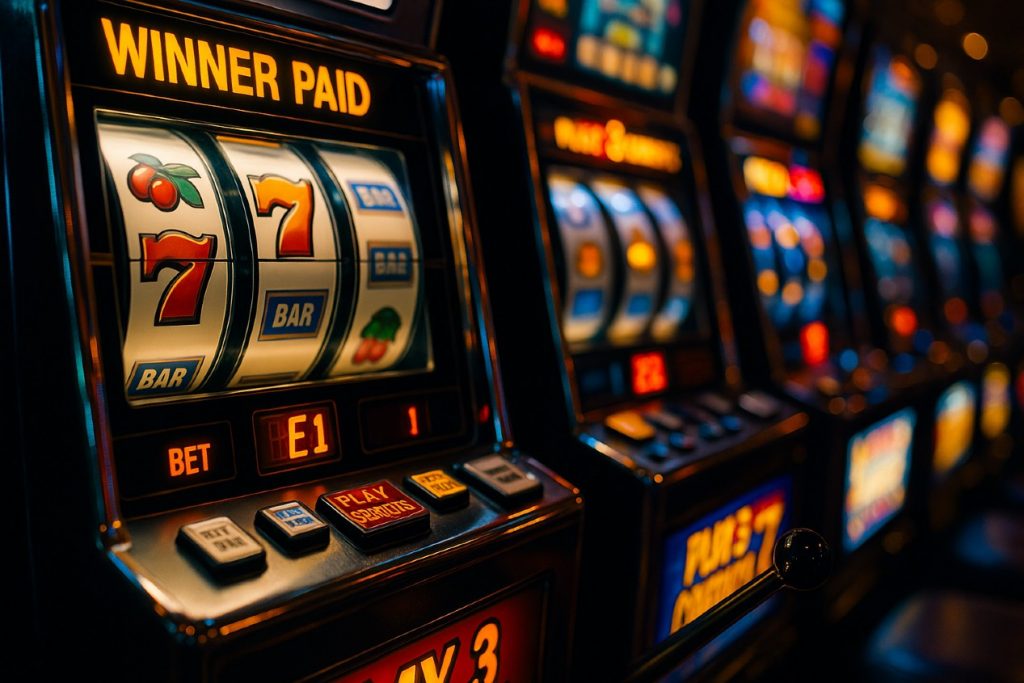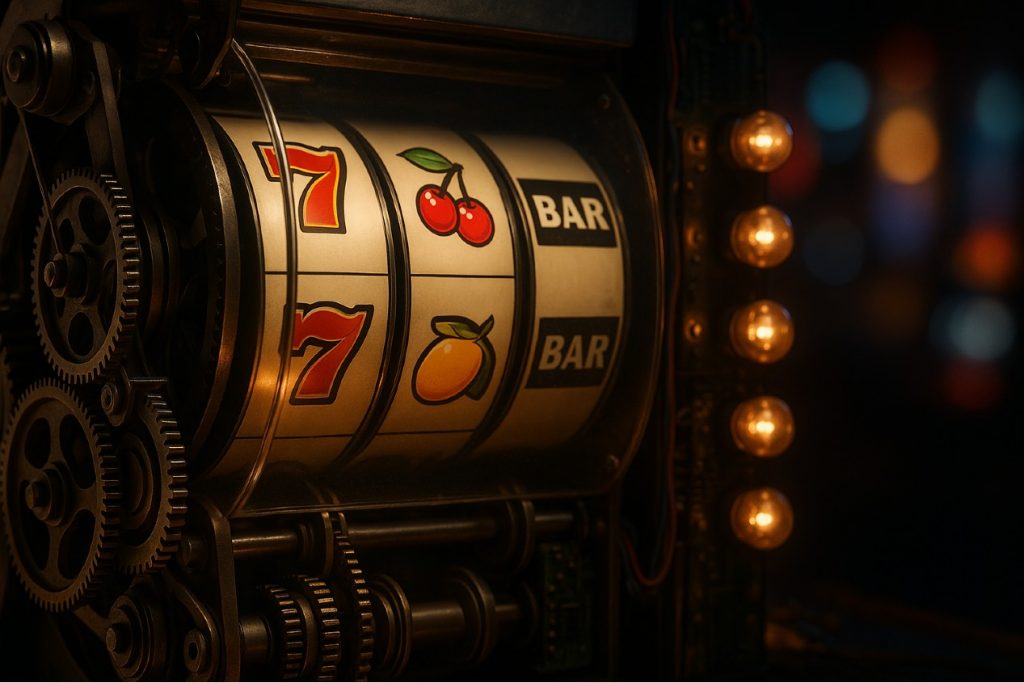How Casino Slot Machines Are Designed to Keep You Hooked?

Slots are generally regarded as the most addictive category of casino games. However, this high patronage of the game isn’t because gamblers register massive wins from spinning reels, compared to other casino game titles. Instead, slots are carefully crafted with a blend of psychology and technology designed by game developers to engage and captivate players who keep returning to play slots free.
Behind the spinning reels and flashing lights that seemingly attract is a world of complicated algorithms and psychological techniques that game developers to keep players returning for more. This review explores the intricate design and engineering elements behind slots, showing how the sounds, visuals, and mechanics are specifically designed to keep gamers hooked.
The “Almost-Winning” Mirage: Of Near Misses and Losses
Practically every moderately experienced player had the moment where the reels almost lined up. It was so close they seemingly could "taste" victory… yet, not exactly. But at best, it's a near miss for the player – and one of the most powerful hooks in slot design. The "almost-winning" mirage creates tension, a psychological itch that requires scratching an element deeply embedded in the slot game development process.
Here are the technical details involved in slot machines on platforms like https://automatenspielex.com/. First, slot machines are designed to create this mirage. Reels are weighted, not just by the symbols themselves, but by the landing spot. Near misses occur because certain symbols appear more frequently, offering the illusion that a win is only a spin away. Such intricate mapping is a specialty of slot game development companies that concentrate on maximizing player engagements.
Then, there's sensory manipulation. While you didn't win, the game makes it feel like you did. The flashing lights give out cues that make players feel like winning even after a near-miss. It's all about perception. Research showed that such immersive design is often the result of partnerships between slot game development firms and game development companies.
The Lure of “Winning” Sounds and Images
In a video from WBAL-TV, the reviewers demonstrate how the design of slots leads to addictive behavior. Here's their position. Slot machines may have winning sounds and images that could make gambling fun. However, a recent study from the University of Waterloo in Ontario, Canada, discovered that the new multiline games deceive the brain into thinking a gambler won when they actually lost.
As Professor Kevin Harrigan put it, "You wager $1, and you get back 25 cents. However, the machine displays it in both audio and video as if it were a win." The UW professor, alongside a team of other scientists, programmed several slot machines based on design documents for multiline gaming machines in a study that involved 96 people.
The research, funded by the anti-gambling group, programmed the machines to win 28 times out of 200 tries, with the sound on. Results proved that about 25% of the players overrated their amount of wins. The study also spotted sounds as a critical component that makes losses feel like wins. Lastly, Harrigan found that slot machines gave players the illusion of control.
The Stealth Weapon of Random Number Generators (RNGs)
The moment you press the button, the reels spin to make the outcome feel like a complete product of luck, especially when you choose free slots to play. However, behind this seeming simplicity is the complex world of Random Number Generators (RNGs).
RNGs are different from your casual roll of the die, they’re at the heart of every slot game, constantly working to ensure unpredictability. They’re a crucial aspect that game development services must get right to ensure fairness and compliance in the world of slots.
First, there’s the pseudo-random number generator (PRNG), which mirrors a truly random process. However, unlike actual randomness, this process relies on an initial seed, something as trifling as the system clock. Yet, from this seed is an intricate seed of numbers that mimic true randomness in a virtually indistinguishable manner.
That’s not all; powerful algorithms further support the entire world of PRNG. These mathematical constructs churn out numbers that appear random to the naked eye. Slots game implementation often depends on these sophisticated algorithms to ensure every spin feels fresh and fair.
However, amidst all these, slot machines also have to abide by the fairness requirements of industry regulators. Slot machines are required by law to meet the fairness tests of independent labs, ensuring that every spin or game is as unpredictable as the last. By adhering to these fairness standards, slot game development companies can maintain their reputation and keep attracting new slot players to their platforms.

Conclusion
Casino slots have mastered the art of ensuring that you keep coming to play free casino slots. Of course, the eventual aim is to ensure that you enjoy the free slots play enough to wager real funds on the platform.
One of the instruments leveraged by slot companies to keep gamers in the loop includes PRNGs in mirroring true randomness and executing their plot. These companies also bait players using the “almost-winning” lure with sounds or visuals that create the mirage of a winner.

